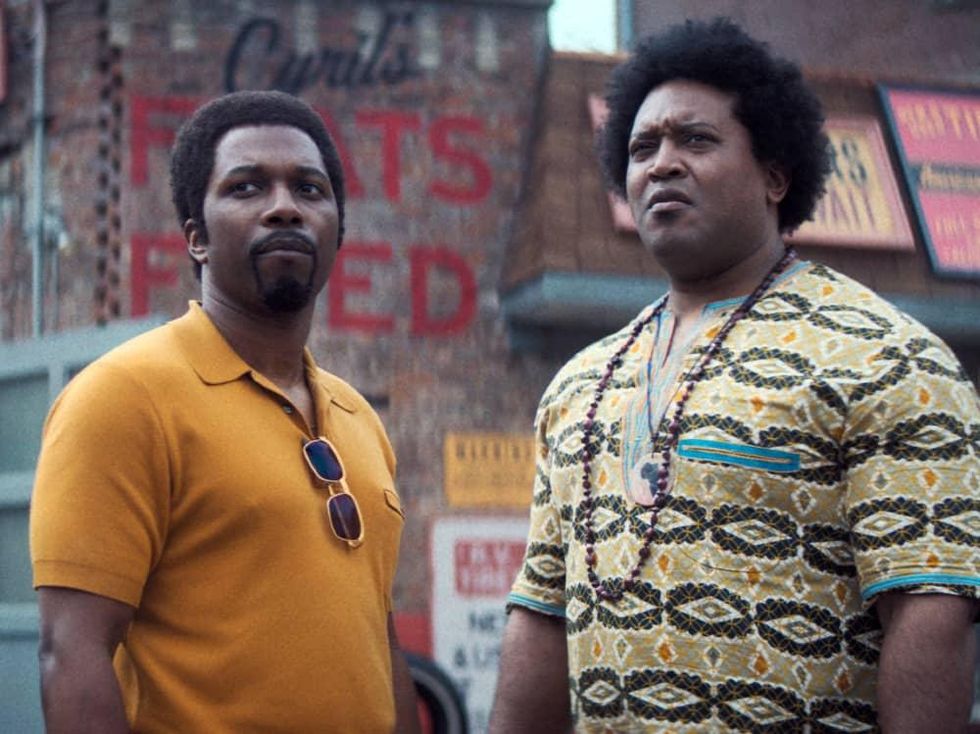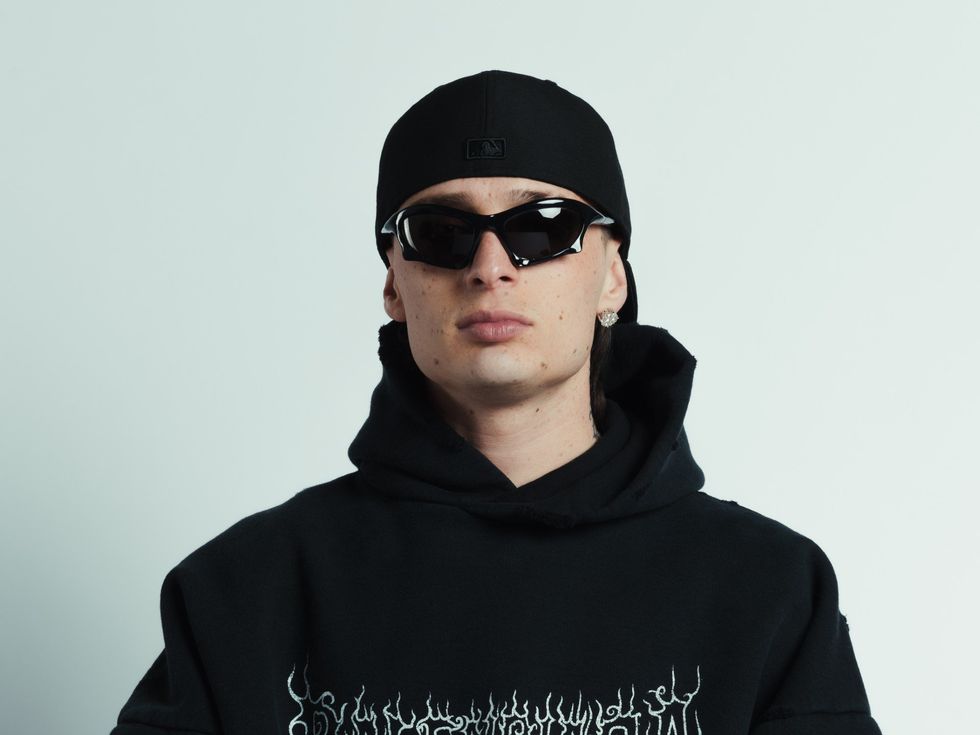Movie Review
The Many Saints of Newark fails to add to Sopranos legacy
When The Sopranos aired its finale in 2007, it was proclaimed by many to be one of the best shows in television history, perfecting the concept of the antihero. But no matter how acclaimed the series was, writer/creator David Chase had long held dreams of being a filmmaker, something he accomplished in 2012 with Not Fade Away and continues now with The Many Saints of Newark.
Written by Chase and directed by longtime Sopranos director Alan Taylor, the ’60/’70s-set film is a prequel to the TV show, purporting to give insight into how Tony Soprano became who he was. That may be how the film is being sold, but that’s not truly what it’s about.
The film is most focused on Dickie Moltisanti (Alessandro Nivola), one of the local mob leaders and uncle to Anthony (Michael Gandolfini), as he was known then. He’s at odds with his father, Aldo (Ray Liotta), and holds sway over a bunch of familiar faces, including Paulie “Walnuts” Gualtieri (Billy Magnussen), Junior Soprano (Corey Stoll), Silvio Dante (John Magaro), and Salvatore “Big Pussy” Bonpensiero (Samson Moeakiola).
The film is also interested in Harold McBrayer (Leslie Odom Jr.), who works with Moltisanti but dreams of being the big man on the block himself, especially when race riots hit the city in 1967. Anthony is around, both as a young kid and then as a teenager, dealing with his handful of a mother, Livia (Vera Farmiga), and strangely absent father, Johnny Boy (Jon Bernthal).
As to what actually happens in the film, not much can be said. Not because it would be a spoiler, but because it’s very difficult to tell what the point of the film is. As a standalone film, it’s all over the place. Chase and Taylor take pains to give each of the many characters a scene or two of their own, but instead of giving insight into each person, it skims the surface on all of them. There are many scenes throughout the film that have no relation to the ones prior to them, forcing the audience to connect the dots on their own.
The film doesn’t really work as a connector to the series, either. Sure, there’s the fun in seeing younger versions of certain characters, especially ones like Livia, Silvio, Junior, and Big Pussy. But anyone coming in cold will get very little out of their presence, as it’s never clear what their purpose in this particular story is. If this were presented merely as another extended episode of The Sopranos, it might work, but as a movie that requires a certain storytelling arc, it comes up lacking.
And then there’s the ham-handed way Chase inserts the film into the current conversation on race. The race riots are introduced in a random way through characters not previously seen in the film, and then only exist as an annoyance for the white characters and an unexplained motivation for Harold. Like most of the sequences in the film, the goal Chase had in including the race riots is a mystery.
On the flip side, almost all of the performances are quite enjoyable. Nivola has been mostly a supporting actor to this point in his career, but he proves himself capable of carrying a film here. The actors portraying younger versions of known characters all have a ball inhabiting their traits, especially Farmiga, Stoll, and Magaro. Gandolfini does well in the part his late father made famous, but he’s not asked to do all that much.
If all you’re interested in is seeing some version of Sopranos characters you know and love, The Many Saints of Newark may fit the bill. But it seems like Chase was aiming higher than that goal and, unfortunately, he fell short in that pursuit.
---
The Many Saints of Newark opens in theaters and on HBO Max on October 1.







